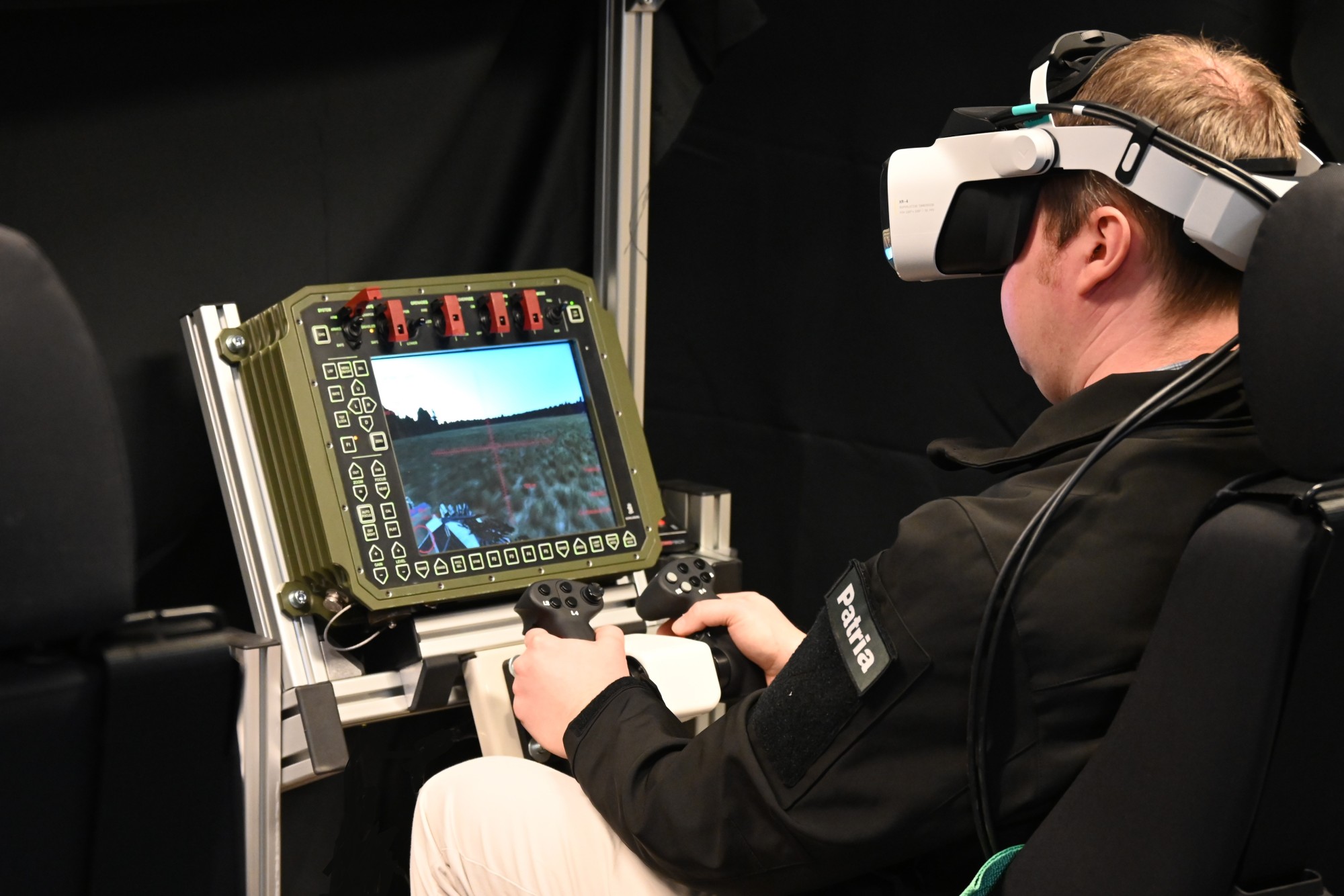VR in Surgery Training – Key Benefits of Varjo and Osgenic
- Train for open surgeries in a completely realistic and immersive VR environment
- See even the tiniest parts of the human anatomy come into human-eye resolution focus
- Reduce preventable surgical complications – and the resulting human and monetary costs – through better training
- Collaborate with other medical professionals in a life-like environment
Making mistakes is humane and a natural part of any learning process. But for doctors and patients, the stakes are incredibly high. In open orthopedic surgery alone, millions of preventable surgical errors happen globally every year. These errors create costs in the billions worldwide for hospitals, doctors, patients and insurance providers. And the human toll is immeasurable.
 Dr. Arne Schlenzka is a training surgeon and the founder and CEO of Osgenic, a pioneering company on a mission to find a cure to this growing problem. Read on to find why Varjo is the only feasible solution for using VR in surgery.
Dr. Arne Schlenzka is a training surgeon and the founder and CEO of Osgenic, a pioneering company on a mission to find a cure to this growing problem. Read on to find why Varjo is the only feasible solution for using VR in surgery.
By partnering with Varjo to deliver a solution that allows surgeons to train for complex open surgeries in human-eye resolution VR, Osgenic aims to reduce open surgical complications saving patients pain and suffering and saving hospitals and insurance providers in costs.
“Varjo is the only device that delivers the fidelity surgeons demand.”
"Mind-blowing visual fidelity in VR"
It was April of 2016 and Arne Schlenzka was training to become an orthopedic surgeon when the idea first came to him. Looking into the Oculus Rift headset, he saw a 3D render of a tibia bone.
As he stared at that tibia, Schlenzka immediately started to think about the potential to train for extremely intricate and delicate open surgeries in a 3D VR environment. He saw possibility. But he also saw a problem.
“The resolution just wasn’t there in any of the devices I tried. You need to be able do differentiate even between tiny anatomical structures.”
Then Schlenzka heard about Varjo. And the very first time he tried a Varjo headset, he knew.
“The visual fidelity is mind-blowing. It’s the first and only device that delivers the fidelity we should have for 3D surgical training,” Schlenzka says.

Today, Osgenic and Varjo are partnering to allow surgeons to train for open surgeries in a completely realistic and immersive VR environment where even the tiniest parts of the human anatomy come into human-eye resolution focus.
The goal is to drastically reduce preventable surgical complications – and the resulting human and monetary costs – through better training.
“You’d think there would be a better way. And now there is.”
Train in a life-like 3D environment
Surgical simulation itself isn’t exactly new. For decades there have been very good simulators for keyhole surgeries – laparoscopic surgeries for bowel and pelvic cavity surgery and arthroscopic surgery for joints. You can watch them being done in 2D on a screen, which is how the actual surgery is also done.
According to Dr. Schlenzka, the problem is in open surgery, which is done in a complex 3D environment, meaning that training also has to happen in a 3D environment.
 Anatomical accuracy and being able to see and interact with small details is a must when training for open surgeries.
Anatomical accuracy and being able to see and interact with small details is a must when training for open surgeries.
Osgenic’s current application allows surgeons to highlight very small, intricate parts of the anatomy of the hand, parts which would be lost to low resolution and screen-door-effect on other devices. The only other way to get around that problem is to scale up the objects being viewed, which is not an option since it’s crucial that surgical training is anatomically correct.
As close to realism as possible
According to Schlenzka, Varjo enables Osgenic to get as close to realism as possible. “When you look at our 3D assets through the Varjo device, it looks completely real because of the resolution. Because of poor resolution, things like the skin and organs will never look real on other devices.”
It’s only been a few short years since Dr. Arne Schlenzka was training for open surgeries under the apprenticeship of older and more experienced surgeons and thinking: “There’s got to be a better way to train.”
For Schlenzka and a whole new generation of surgeons, the future of open surgical training is VR.
“By partnering with Varjo, that future is here now.”



